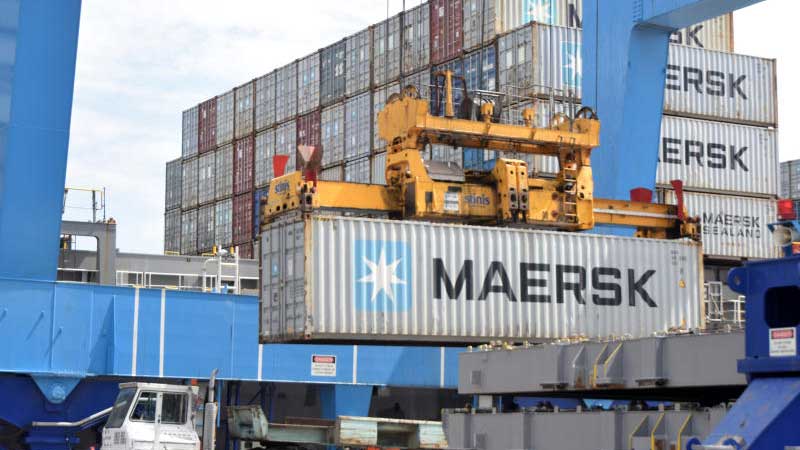
A surge in imported cargo at Mombasa port and Inland Container Depot (ICD) in Nairobi has sparked a dispute between State agencies and port users.
Both the Government and the users agree that high volumes of cargo is being reported at the port. However, they differ on whether this has led to congestion at the facility.
State agencies have maintained that there is no congestion at the two ports, a position the importers have contradicted. The importers claim the port does not have the capacity to handle high volumes of cargo it has been receiving.
Some of the containers being received are those ordered after the East African countries presented their budgets in June.
Car Importers Association is accusing management of the port, Kenya Revenue Authority (KRA) and other State agencies of manipulating reports to conceal congestion at the port and portray themselves as efficient.
READ MORE
KRA moves to end VAT fraud and curb staff collusion
Nyamira farmers slapped with Sh210m tax burden
Tackling Kenya's gambling scourge requires balanced, long-term solutions
UDA has ghost workers on State payroll, former SG Malala claims
“There is congestion both at the port of Mombasa and the Inland Deport in Nairobi. There is no space to keep all the containers. The situation has been compounded by slow clearance of cargo. Last week, three freight trains could not deliver cargo at the ICD because it is congested,” said the association’s chairman Peter Otieno.
Analysts say due increased efficiency at the depot and relative peace in South Sudan after President Salva Kiir and rebel leader Riek Machar made peace recently, volumes of cargo at the port is set to hit a record high.
Importers said poor planning and slow evacuation of cargo has in fact led to clogging.
Otieno warned a proposal to reintroduce clearance of motor vehicles at the port will worsen the situation.
“I am a port user and I am always here. I know when the port is congested and when it is not. Some of the officials are hiding the truth to appear efficient in the eyes of the public,” said Otieno.
Kenya Ports Authority (KPA) records show by Friday, the port had 18,000, which had been reduced to 14,000 by yesterday. The port’s capacity is 25,000 containers.
The importers said KRA’s decision to subject all cargo to full verification had also contributed to the problem.
As part of reforms to seal tax leaks and importation of contraband goods, KRA and KPA have employed strict measures to guide clearance of cargo.
Yesterday, KPA Managing Director Daniel Manduku said the surge in the number of containers was due to increased number of ships calling.
Otieno claimed some containers are being moved to private cargo stations and a Kenya Railway yard in Makongeni to ease congestion.
“I believe some of the senior managers do not want to say the truth because they fear being sacked because the port has lately become a very sensitive place,” said Otieno.
KPA Container Terminal Manager Edward Opiyo said the port loads 800 containers on the Standard Gauge Railway (SGR) trains which are transported to ICD in Nairobi everyday.
“This means we load 90 per cent of local cargo on the trains each day,” Opiyo said.
KRA Coast Regional boss Nicholas Kinoti said clearance of cargo had not been affected by the new measures and blamed some Container Freight Stations of fighting the port.

